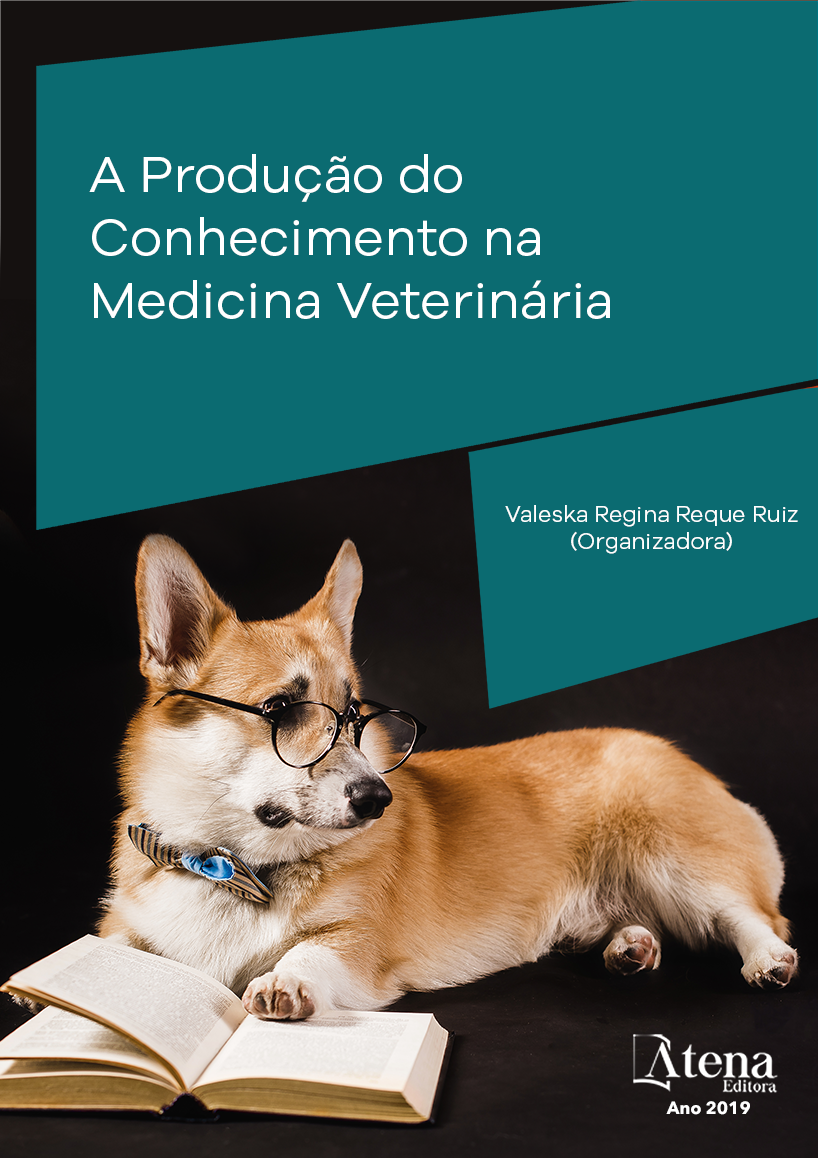
ESOFAGOTOMIA TRANSTORÁCICA EM UM CÃO: RELATO DE CASO
Corpos estranhos esofágicos causam obstrução do lúmen do órgão em graus variáveis, podendo promover fistulas e necrose, devendo ser removidos em caráter de urgência. Este trabalho relata o caso de um canino da raça Pinscher, três anos, 3,2 kg, que após ingestão de um osso, começou a apresentar regurgitação de alimento sólido e líquido há três dias. Suspeitou-se de corpo estranho que foi confirmado pela radiografia simples revelando a presença do mesmo em esôfago torácico, ao nível da base cardíaca. Como tratamento, optou-se inicialmente pela endoscopia com aparelho rígido. Não sendo possível sua remoção pela modalidade de imagem escolhida, decidiu-se pela toracotomia direita em segundo espaço intercostal com esofagotomia. cranial ao corpo estranho para remoção deste. Ao término da cirurgia, além da toracostomia após intervenção do esôfago em tórax, foi realizada a gastrostomia temporária para alimentação enteral. No pós-operatório (PO) a paciente recebeu antibioticoterapia, analgesia multimodal e cuidados no manejo dos drenos. Quase uma semana após a cirurgia, foi detectada infecção relacionada à assistência a saúde, a qual foi controlada após remoção da sonda gástrica, do dreno torácico e antibioticoterapia baseada em cultura e antibiograma, sendo o microrganismo isolado Enterobacter cloacae, sensível a enrofloxacina. Após vinte dias do procedimento cirúrgico, a paciente recebeu alta hospitalar, sendo acompanhada durante dois meses. A execução rápida do procedimento cirúrgico, associado aos cuidados pós-operatórios permitiu adequada recuperação da paciente.
ESOFAGOTOMIA TRANSTORÁCICA EM UM CÃO: RELATO DE CASO
-
DOI: 10.22533/at.ed.52219011016
-
Palavras-chave: Corpo estranho esofágico; endoscopia; esofagorrafia
-
Keywords: Foreign body; endoscopy; esophagus suture.
-
Abstract:
Esophageal foreign bodies cause obstruction of the lumen of the organ in varying degrees, and can promote fistulas and necrosis, and should be removed as a matter of urgency. This paper reports the case of a canine, Pinscher breed, three years old, weighing 3.2 kg, which after ingesting a bone began to show regurgitation of solid and liquid food for three days. It was suspected of a foreign body that was confirmed by the simple radiography revealing the presence of the same in the thoracic esophagus, at the level of the cardiac base. As a treatment, we opted for endoscopy with a rigid device. Since it was not possible to be removed by the chosen imaging modality, we decided on the right thoracotomy in the second intercostal space with esophagotomy. cranial to the foreign body for removal. At the end of the surgery, in addition to thoracostomy after intervention of the esophagus in the thorax, a temporary gastrostomy was performed for enteral feeding. In the postoperative period (PO) the patient received antibiotic therapy, multimodal analgesia and care in drainage management. Nearly one week after the surgery, health-related infection was detected, which was controlled after removal of the gastric tube, thoracic drainage and antibiotic-based antibiotic therapy. The microorganism was isolated Enterobacter cloacae, sensitive to enrofloxacin. Twenty days after the surgical procedure, the patient was discharged from hospital and followed for two months. The rapid execution of the surgical procedure, associated to the postoperative care, allowed adequate recovery of the patient.
-
Número de páginas: 15
- Paloma Helena Sanches da Silva
- Patrícia Maria Coletto Freitas
- Christina Malm
- Bianca Moreira de Souza
- Fernanda Martins de Castilho Fonseca
- Vitória de Paula Fonseca Cavedagne
- Rafael Augusto de Melo Vieira
- Amanda Oliveira Paraguassú
- Diogo Joffily


